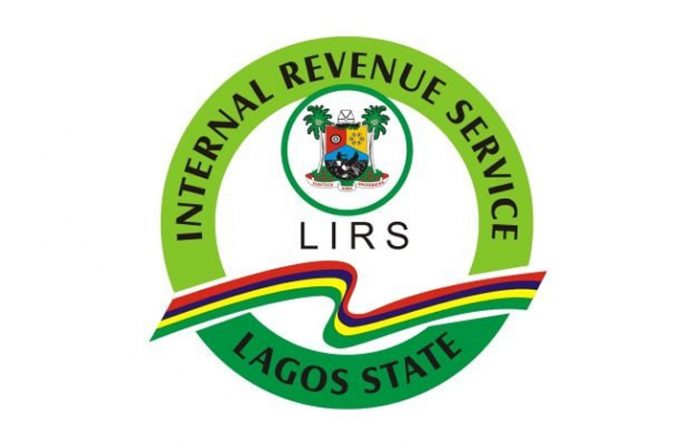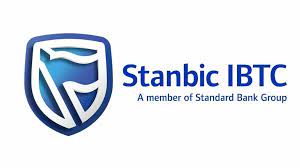Gross official reserves increased by US$1.81bn in February to US$42.49bn. The rapid accumulation of US$12.85bn over 12 months can be traced largely to two sizeable Eurobond launches and the recovery in oil export revenues (through the NNPC’s share of production).
We should add the CBN’s fx reforms in H1 2017 because they have attracted substantial autonomous inflows and so reduced its need to supply fx to the market. The three factors behind this rapid accumulation could all turn negative, of course, although this is not our central scenario.
These unorthodox fx policies did not impact upon the highly successful Eurobond issue last month, the proceeds of which are still being banked.
The CBN will be pleased with the encouraging signals from the NAFEX window. Turnover (ie both sides of trades) from its opening in April 2017 to 06 March amounts to US$37.0bn. The weekly average has settled well above US$1.0bn.
Reserves at end-February covered 15.8 months’ merchandise imports, and 10.6 months when we include services.

Our chart makes a comparison with South Africa although reserves are captured differently in the two countries. The SARB shows gross reserves (a total of gold, fx and SDR holdings), from which it deducts movements in fx deposits and in the forward position to arrive at the international liquidity position (ILP, per the chart).
This has been relatively stable over the past 12 months, reflecting its relatively diversified economy. The days when South Africa held the number one rank among world gold producers belongs to the distant past.
The CBN produces rather less detail. Its series for reserves covers just fx, and the data is gross. Separate partial data show flows of swaps but not the outstanding stock of obligations.














